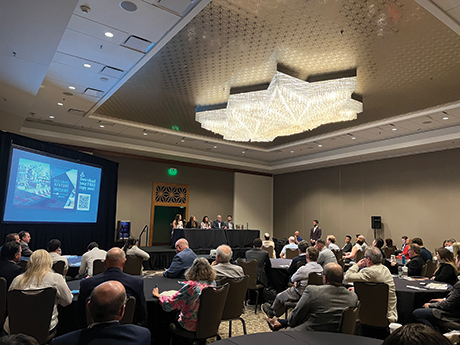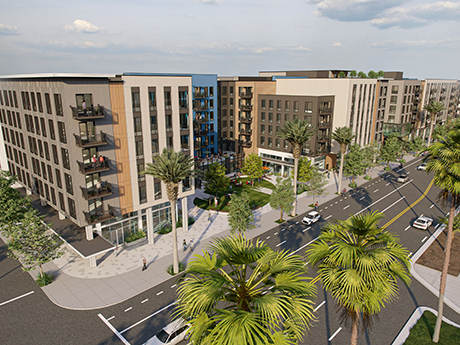With some markets today saturated with new student housing development, differentiating your project has become of paramount importance. One of the primary ways of doing that is by keeping in touch with the wants and needs of today’s student — and specifically a community’s surrounding demographic.
This was discussed at length during the kick-off panel for InterFace Student Housing, which took place in April in Austin, Texas. In preparation for the panel — titled “What’s Trending in New Development: A Survey of 2023 New Deliveries & How Developers and Operators Aim to Address the Needs and Wants of Today’s Students” — a survey was sent out by uForis to 500 Gen Z students ranging in age from 18 to 24 years old regarding their wants, needs and preferences when looking for their next place of residence.
The primary takeaways from this year’s survey were the impact of regional differences due to weather and year-round use of amenities; the shift away from entertainment towards health and wellness for shared amenity spaces; and the increasing impact of tech offerings like digital touring and online leasing, according to panel moderator TJ Chambers, owner and founder of Chambers Real Estate Advisors.
“During pre-development at any of our properties, we try to get as close to the end user as possible,” said Nick Hill, COO of property management with Up Campus Student Living. “Our team is going on-campus during tours, speaking to local managers and interviewing students to make sure that we’re completely in-tune with the market’s wants and needs.”

Henry Morton, president of Campus Suites, said he has seen that some students are turned off by an overabundance of amenities. “Study rooms, great fitness rooms, community kitchens and top-notch technology offerings — these are the big hits with students today,” he said.
Flexible space is another big hit with the current student population, according to Jessica Mancuso, director of new development marketing at Asset Living. “When we’re looking at a property that has been developed by one of our clients, we’re looking for generational space that offers flexible uses,” she said. “Building custom to a market and the demographic there is crucial.”
And a lot of what students are looking for has changed throughout the pandemic. “Pre-pandemic, the focus at a new development was all about the in-person experience,” said Alicia Farr, regional director of new development marketing at Landmark Properties. “Now, we have a totally different mindset. It’s a much more common practice to launch pre-leasing digitally, with temporary offices opening weeks — and sometimes months — later.”
But the majority of new prospects and their parents still prefer in-person interaction, according to Farr. “As operators of new developments, what that means is that our on-site teams need be incredibly tuned in to what they’re doing in terms of digital marketing, making sure that we are providing as much detail as possible,” she said. “Video content has also become incredibly important, as well as developing personal relationships with potential residents so that students and their guarantors can trust in our brand.”
Johanna Adolfs, director of marketing and strategy with Cardinal Group Cos., noted that with new development, implementing technology properly starts with pre-leasing and brand awareness campaigns. “We begin with social media and digital advertisements,” she said. “We want to launch an incredible website with virtual tours, utilizing top notch renderings that really show what the building is going to look like. We want a landing space where students can really get excited about the project.”
Generation Z puts a strong value on authenticity and any marketing campaigns should keep that in mind, according to Adolfs. “Our social media is not curated and it’s not just a sales message,” she said. “We put a focus on what type of person lives in our communities and user generated content from influencers — whether that be through an NIL deal or working with a beauty influencer in the market that everyone likes to follow. We have to be aware of who we are targeting and advertisements need to be on the applications that they are using, like TikTok.”
The secret sauce is really listening to prospects and meeting them there, said Farr. “For example, with your international student population, this means a greater inclusion of technology; making sure your website translates properly; and having members of your staff that can speak the language that is most prominent in your market,” she noted. “You want to really know the ins-and-outs of what your demographic needs to see and hear from you, and how you should be developing relationships.”
—Katie Sloan


